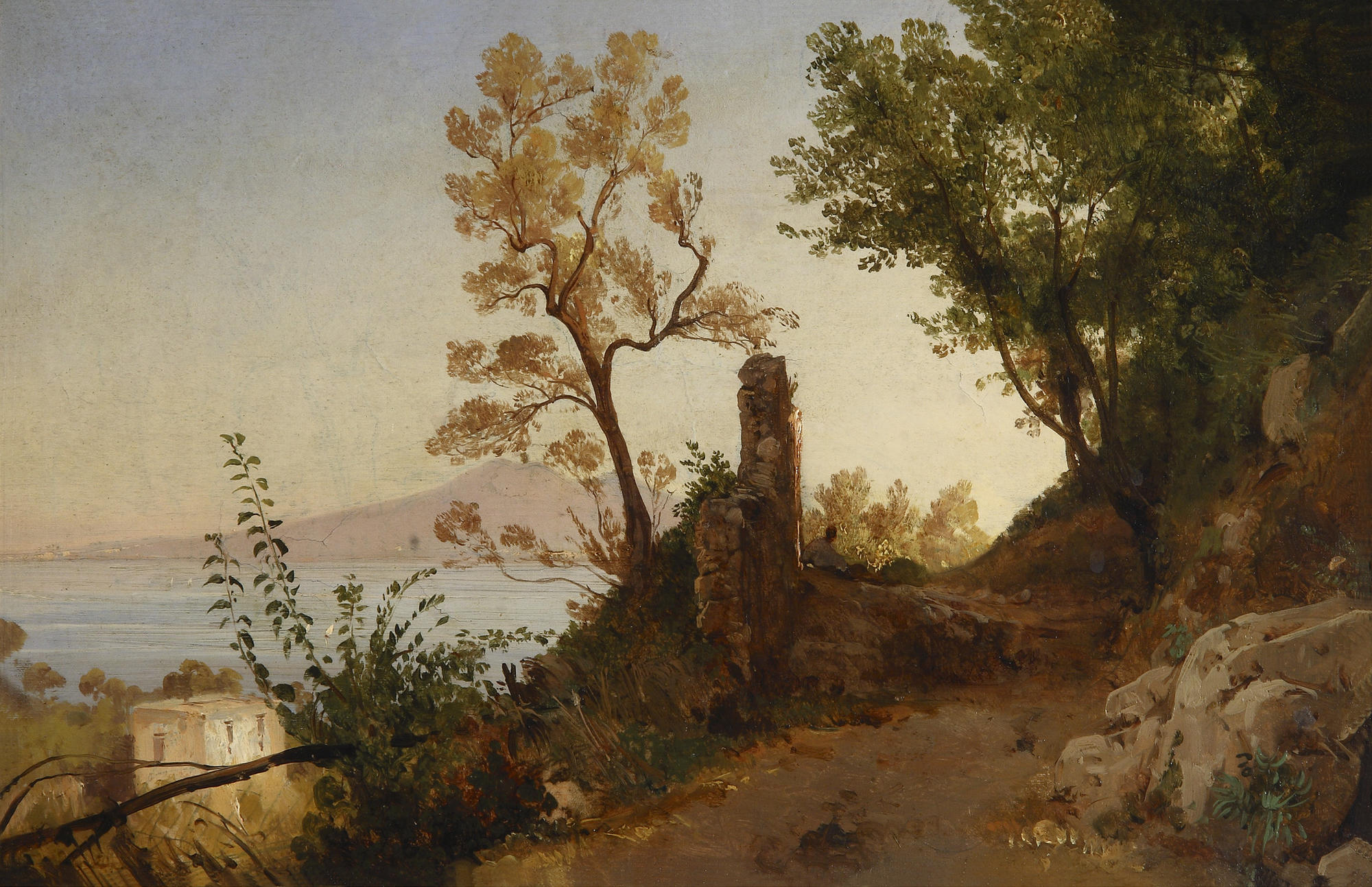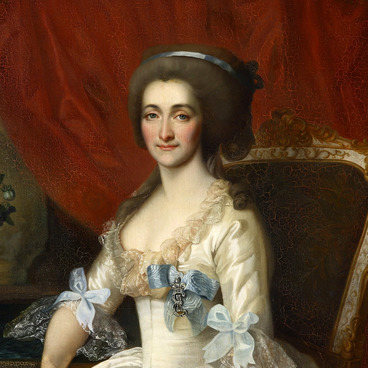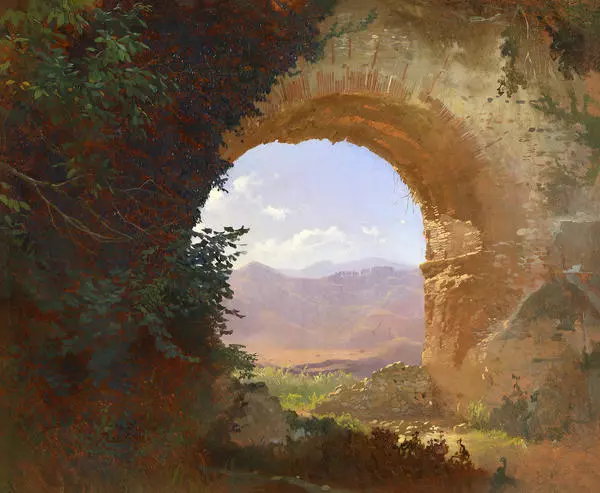Vasily Ivanovich Sternberg is a master of landscape and genre art. He was born in 1818 in a family of a mining official. From his young years, Sternberg studied painting at the Imperial Academy of Arts. In 1835 he became a full student and studied landscape painting with the artist Maxim Vorobiev. From his early days at the academy, Sternberg surprised his comrades and teachers with his drawings and caricature.
The artist spent summer months in Ukraine in Chernihiv region with his friend and art lover Gregory Stepanovich Tarnovsky. In Ukraine, Sternberg became interested in folk life, which he depicted masterfully in his watercolor drawings and paintings.
In 1837, for paintings done in Ukraine, Sternberg was awarded a small gold medal and got the opportunity to go on a business trip abroad.
In the summer of 1840, the conference secretary of the Academy of Arts, Gregory, signed a document to send Basil Sternberg to Italy.
On his way to Italy, the artist visited many cities in Austria and Germany. There he made numerous sketches of cultural monuments, nature, and the customs of the people.
While the artist was in Italy, he got ill. Sternberg died in Rome in 1845 at the age of 27.
Sternberg 's landscape is a prime example of romanticism in painting. Abandoned ruins drowning in thick crowns of trees, the road and the lone traveler were often depicted by artists of this direction.
Romanticism originally appeared in literature in the late 18th century and early 19th century, as a counter to strict order of classicism. But gradually its influence began to extend to other areas of art, including painting. Romantic artists tended to depict peaceful pastoral scenes, invented landscapes.
The painting shows a fragment of narrow unpaved road built along the coast of the sea bay. The artist carefully paints every detail of the landscape.
In the foreground, there’s a shaded by thick-growing trees road. It also shows the ruins of the old house. In romanticism it’s a symbol of the life finite nature. Near the ruins is a single figure of a man.
In the middle ground, there’s the sea which is the Gulf of Naples. A white house is located close to the water. Behind the rough sea, there’s a slightly visible Vesuvius. With the help of color, the artist conveys a calm lyrical mood.
In 1837, for paintings done in Ukraine, Sternberg was awarded a small gold medal and got the opportunity to go on a business trip abroad.
In the summer of 1840, the conference secretary of the Academy of Arts, Gregory, signed a document to send Basil Sternberg to Italy.
On his way to Italy, the artist visited many cities in Austria and Germany. There he made numerous sketches of cultural monuments, nature, and the customs of the people.
While the artist was in Italy, he got ill. Sternberg died in Rome in 1845 at the age of 27.
Sternberg 's landscape is a prime example of romanticism in painting. Abandoned ruins drowning in thick crowns of trees, the road and the lone traveler were often depicted by artists of this direction.
Romanticism originally appeared in literature in the late 18th century and early 19th century, as a counter to strict order of classicism. But gradually its influence began to extend to other areas of art, including painting. Romantic artists tended to depict peaceful pastoral scenes, invented landscapes.
The painting shows a fragment of narrow unpaved road built along the coast of the sea bay. The artist carefully paints every detail of the landscape.
In the foreground, there’s a shaded by thick-growing trees road. It also shows the ruins of the old house. In romanticism it’s a symbol of the life finite nature. Near the ruins is a single figure of a man.
In the middle ground, there’s the sea which is the Gulf of Naples. A white house is located close to the water. Behind the rough sea, there’s a slightly visible Vesuvius. With the help of color, the artist conveys a calm lyrical mood.




